Research on Antiques & Collectibles

Research on Antiques & Collectibles |
|
|||
|
|
|
|||||||||
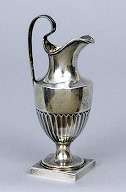
THE MYSTERY OF IGL SILVER
Collectors of American Silver have long been puzzled by the maker's mark IGL that appears on comparatively few pieces of silver, most of which seem to have had their origin in the neighborhood of Albany, New York. As recently as 1937 the mark was ascribed to Jacob Gerritze Lansing and the date given was 1736. In 1938 it was assigned in two different forms to Jacob Gerritse Lansing (1736 - 1803). Still later it was given to a John Gerrit Lansing, who is said to have been born and died on the same dates and to have worked from 1765 to 1790. In ‘American Silversmiths and their Marks, III’ by Stephen G. C. Ensko, the mark is given in one form to Jacob Gerittze Lansing... Read Full Story

THE SILVER OF HESTER BATEMAN
The increasing interest of collectors in the silver-ware of eighteenth-century England has stimulated intensified research into the lives and business of the craftsmen whose marks are impressed on their wares. The records of Goldsmiths' Hall in London, and of the principal assay offices in such provincial centers as York, Edinburgh, Birmingham, and Dublin, have provided us with a wealth of names of silversmiths who were working during the eighteenth century, though in many cases further records have been lost. We have a good deal of information about some of the most prominent craftsmen, like Paul de Lamerie and Paul Storr, not only because the.... Read Full Story
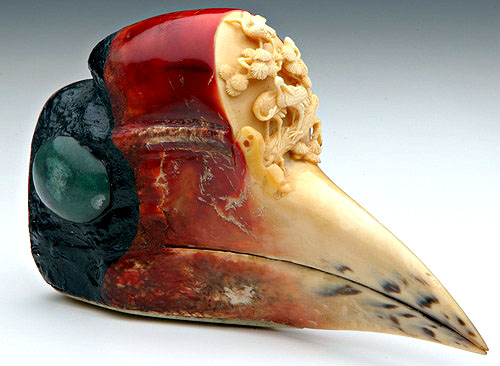
ANTIQUE HORNBILL JEWELRY
Many varied and interesting heirlooms have come down in American families from the days of the Old China Trade. Perhaps the most fascinating of these, and certainly the least known, are bracelets, brooches, and earrings made of a translucent ivory-like substance that is almost never recognized by modern jewelers and collectors - hornbill ivory, a strange product from an equally strange bird. The Old World has some sixty varieties of hornbills, ranging from Africa across India and southeast Asia to the Pacific Islands; but only one of these bears the dense, smooth-textured substance.... Read Full Story
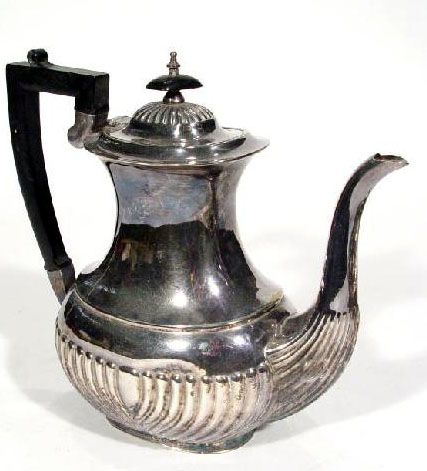
ANTIQUE SILVER, SILVERPLATE, BRONZES AND OTHER METALS IN WILLIAMSBURG, PENNSYLVANIA
Silver was a highlight of luxurious living in the eighteenth century, as it has been in other eras. Silver vessels for eating and drinking, silver ornaments, silver lighting devices, suited the taste of the time for elegance and refinement, and their forms answered the demands of new customs. New delicacy in table manners was made possible by the use of forks, which became general at the beginning of the century. Like the cabinetmakers and.... Read Full Story
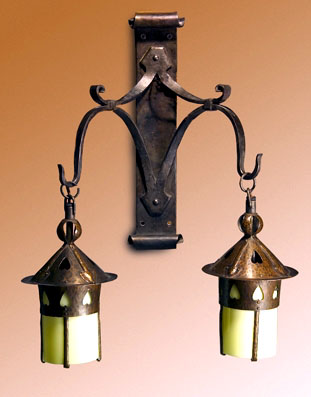
ANTIQUE WALL SCONCES, CANDLESTICKS, CHANDELIERS AND OTHER LIGHTING DEVICES IN WILLIAMSBURG, PENNSYLVANIA
Not long after the Raleigh Tavern was built sometime before 1742, the ‘Virginia Gazette’ reported that "last Friday being the Anniversary of our Most gracious Sovereign's Accession to the throne... the City was handsomely illuminated." This sounds very brilliant - "handsomely illuminated" - until we recall just what early illumination was like. As late as 1775 Gilbert White recorded in his ‘Natural History of Selbourne’ that rushlights were still being used in.... Read Full Story
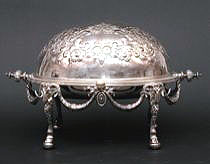
FRENCH-STYLE AMERICAN SILVER OF THE 16th - 18th CENTURIES
The appreciation and therefore the collecting, of French domestic (US) silver is comparatively recent. It was not until the middle of the nineteenth century that several far-sighted amateurs, realizing the beauty of old French plate and its rapidly increasing rarity, began to acquire it themselves and took steps to educate others against its destruction. Probably the domestic silver of no European nation has been so ruthlessly destroyed in the past as that of France. The French converted large quantities of.... Read Full Story
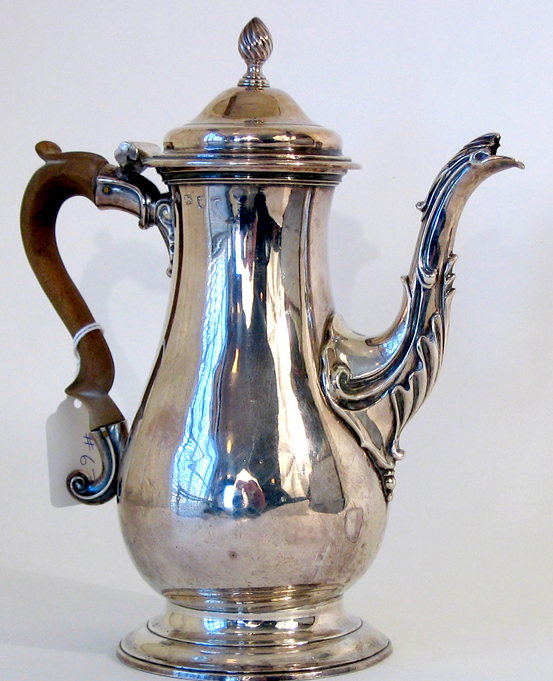
SAMUEL CASEY ANTIQUE SILVER COFFEEPOTS
In check lists of the colonial silversmiths, many a master craftsman who lived soberly, fathered a dozen fine children, was a deacon in his church and captain of the militia, rates a dull three-line notice. Samuel Casey, whose respectable career came to a scandalous end, is given half a page. Samuel Casey was born 1723/4 at Newport, Rhode Island. He may have been apprenticed, as Kathryn C. Buhler has suggested, to Jacob Hurd of Boston, for whose daughter Ann he made a spoon dated 1751. Casey was made freeman in 1745 in.... Read Full Story

18th CENTURY ENGLISH ENAMELS
There is evidence that enamels were made in England during the earlier part of the eighteenth century. A ‘General Description of all Trades’, published in 1747, states that "Enamelling is a curious art, and not much labour but that of laying and painting colours, plain or in figures, on metal. The masters in this way are not many . . ." Contemporary trade journals refer to "toy-makers" in the Midlands but there is no means of identifying individual workshops or any examples which could be attributed to this early date. Judging by the 1747 reference quoted... Read Full Story
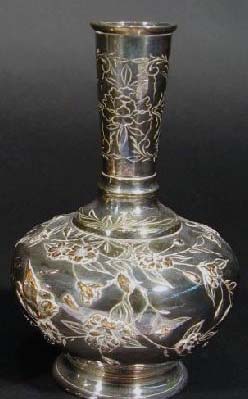
ANTIQUE ENGLISH SILVER WITH CHINESE INFLUENCE
The vast amount of artistic silversmiths' work produced by English craftsmen in early days provokes many interesting questions. The inventories of church goods show that there was scarcely a church which did not possess a wealth of vessels in the precious metals far more than sufficient for its needs, while the wills of private individuals prove that they considered the possession of silver a convenient method of storing their riches. Perhaps the most outstanding example is the great quantity of silver vessels accumulated by.... Read Full Story